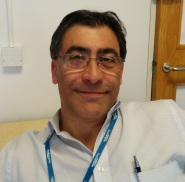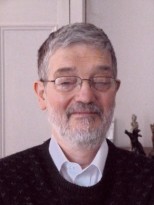On Wednesday 26th November, Enzo Nicosia, from the School of Mathematical Sciences at Queen Mary University will give the talk
Phase transitions in network growth: from street patterns to neural networks
Mountbatten Room 4025A (53/4025A), Highfield Campus, 4pm. All welcome. Refreshments served after the talk.
Abstract: Studying how a system has evolved over time can help unraveling the elementary mechanisms responsible of its formation and understanding the complexity of the wiring patterns connecting its constituent units. We have recently found that the evolution of spatially-embedded systems, such as urban street patterns and neural networks, can be characterised by interesting phase transitions, resulting in abrupt changes of some structural descriptor of the system. In this talk we will discuss two examples of phase transition in the growth of a network, respectively corresponding to the evolution over 200 years of a large metropolitan area in Italy and to the growth of the C.elegans nematode’s neural systems, and we will present reasonable models able to accurately reproduce the observed transitions.


 On Wednesday 29th October, Doyne Farmer, from the University of Oxford, will give the talk:
On Wednesday 29th October, Doyne Farmer, from the University of Oxford, will give the talk: